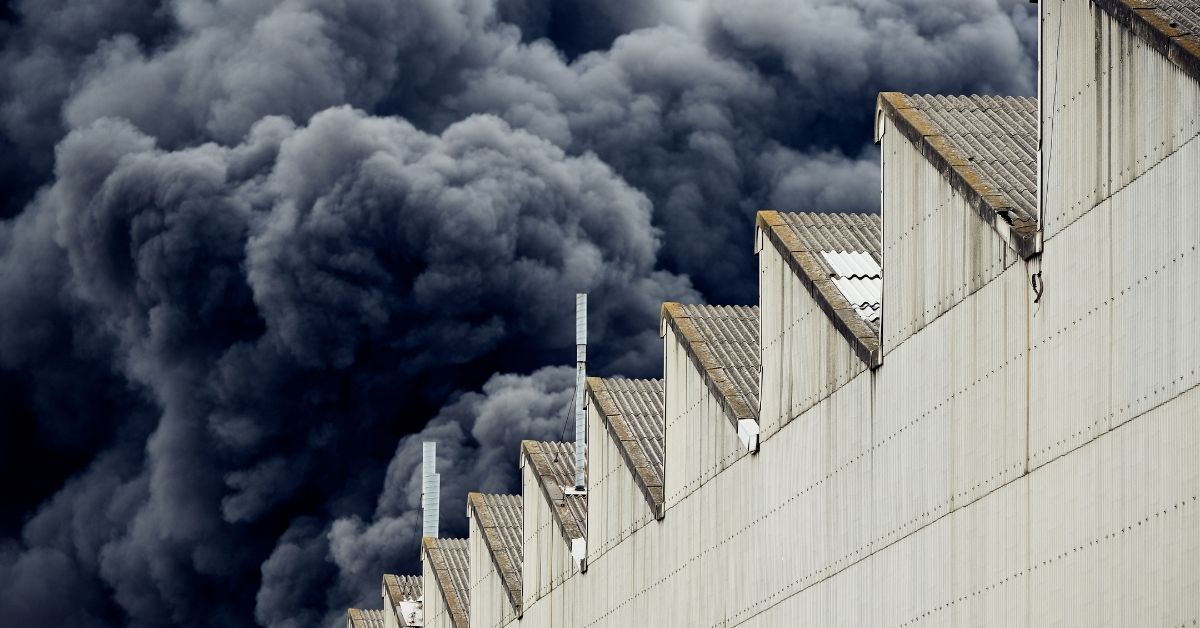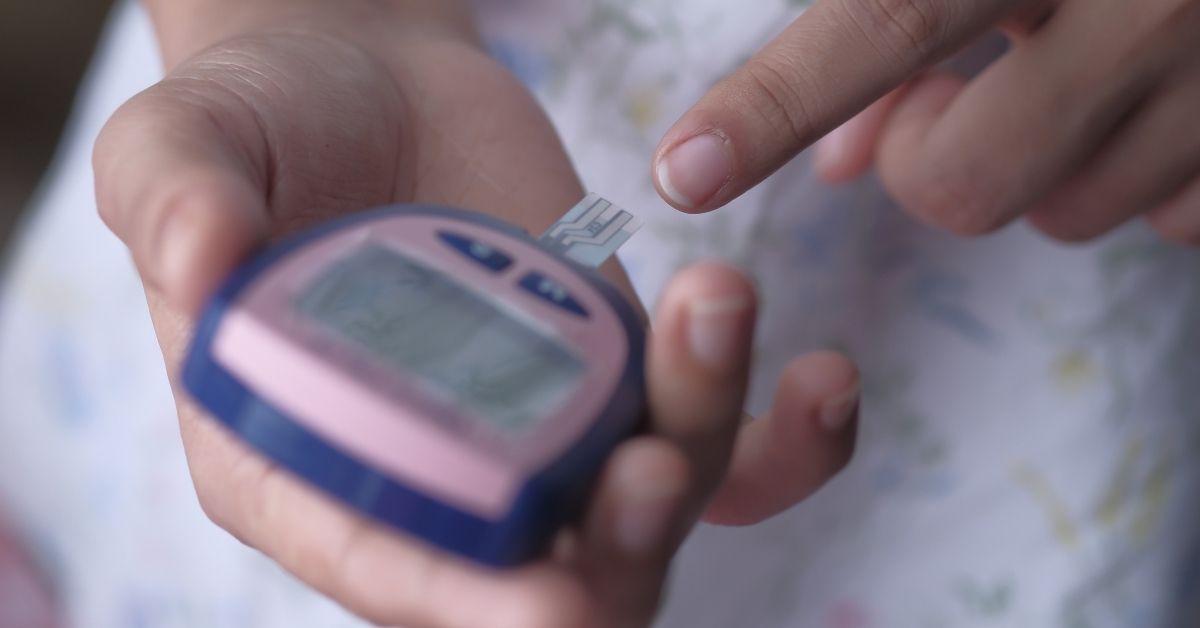As we adjust to life alongside COVID-19, the air we breathe is on everyone’s mind.
How is COVID-19 spread
According to the CDC, coronavirus can be transmitted via person to person contact. When an infected person coughs, sneezes or even just talks, they produce respiratory droplets. These droplets land on surfaces and if a person touches a contaminated surface, then touches their mouth, nose or eyes, they could become infected.
Airborne transmission carries the highest risk
However according to the CDC, it is airborne transmission that carries the highest risk. This may be due to the fact that tiny particles of the virus can remain suspended in the air for a number of hours, long after the infected person has left. These aerosolized droplets can land in the mouth or nose and may even be inhaled directly into the lungs. So while we must remain vigilant, keeping surfaces and hands clean. We need to take extra precautions when sharing the air with others, particularly when we are indoors.
This opinion is also shared by many experts. According to Nancy McClellan, an industrial hygiene specialist.
“Obviously cleaning surfaces is still important but cleaning the air that recirculates through buildings is now a huge focus”
And this, from Dr. Rajat Mittal, a professor at Johns Hopkins University.
“As we are understanding more about this virus there is consensus that aerosolized transmission plays an important role in the transmission of the virus”
New York taking the lead on air filtration
In recent days, the Governor of New York, Andrew Cuomo, confirmed all New York malls must install air filtration systems before they will be allowed to reopen. The Governor has also asked small businesses and offices to consider installing air filtration systems, to help reduce the spread of the virus when it is airborne.
NASA study shows Certified HEPA Material filtration highly effective
Governor Cuomo quoted the recent NASA study that claims Certified HEPA Material filtration is effective at removing particles down to 0.01 microns in size. COVID-19 is around 0.125 microns, and therefore effectively captured by Certified HEPA Material filtration.
Certified HEPA Material filtration for your business
Governor Cuomo and the city of New York have been at the forefront of America’s fight against COVID-19, so we may see the measures adopted in NYC, rolled out across the country. And although many smaller businesses do not have extensive HVAC systems, that can be upgraded to incorporate filtration systems, in home air purifiers, such as the Austin Air Bedroom Machine will also remove contaminants, such as viruses and bacteria from the air.
Using Medical Grade Certified HEPA Material, the Austin Air Bedroom Machine effectively removes 99% of airborne viruses that are 0.1 microns and larger. And for added protection, the Bedroom Machine also uses HEGA, a military grade carbon cloth, for the removal of viruses, bacteria, chemicals and gases.
If you would like to learn more about the Austin Air Bedroom Machine and how it can help reduce the contaminants in your environment, read more here.



